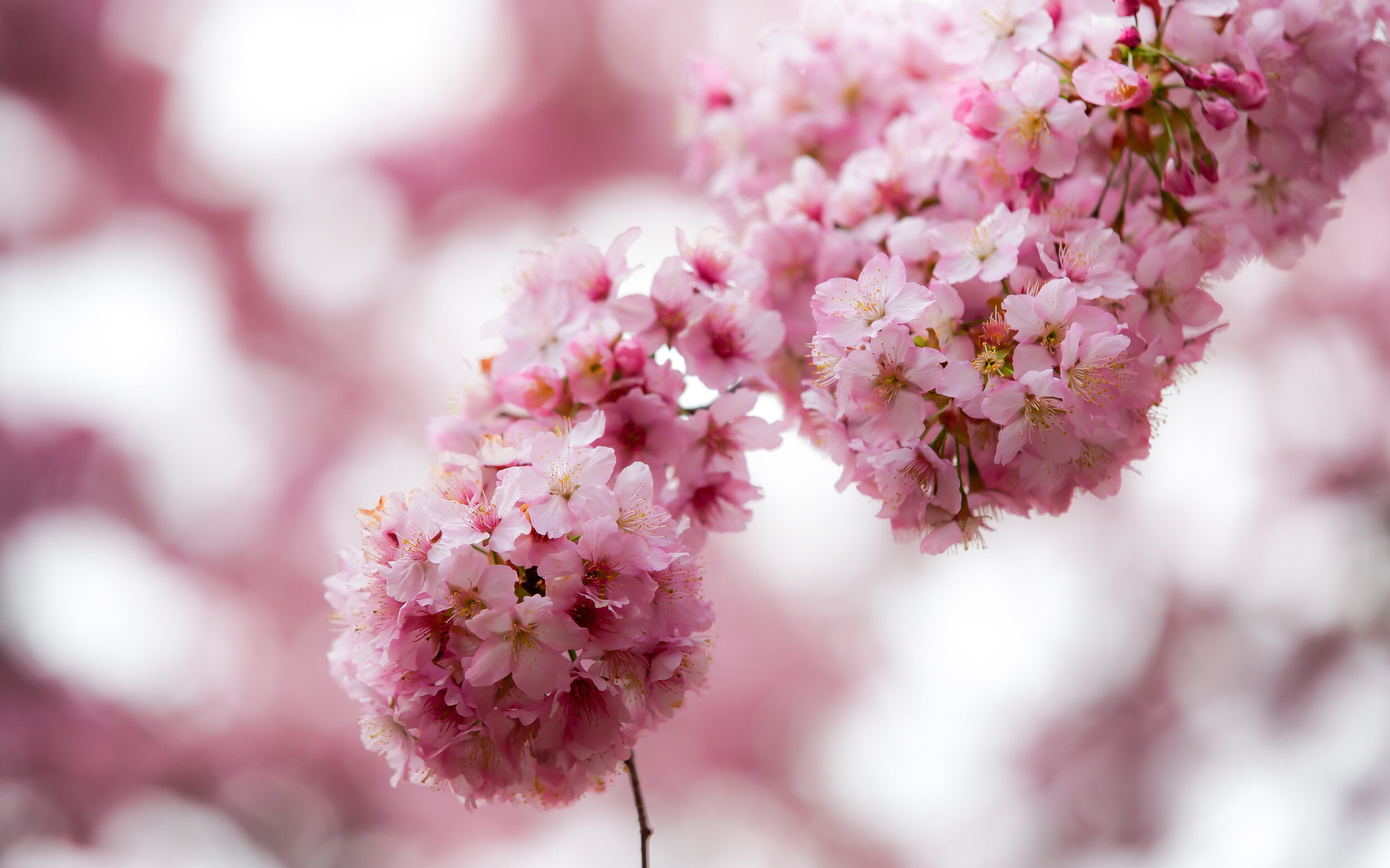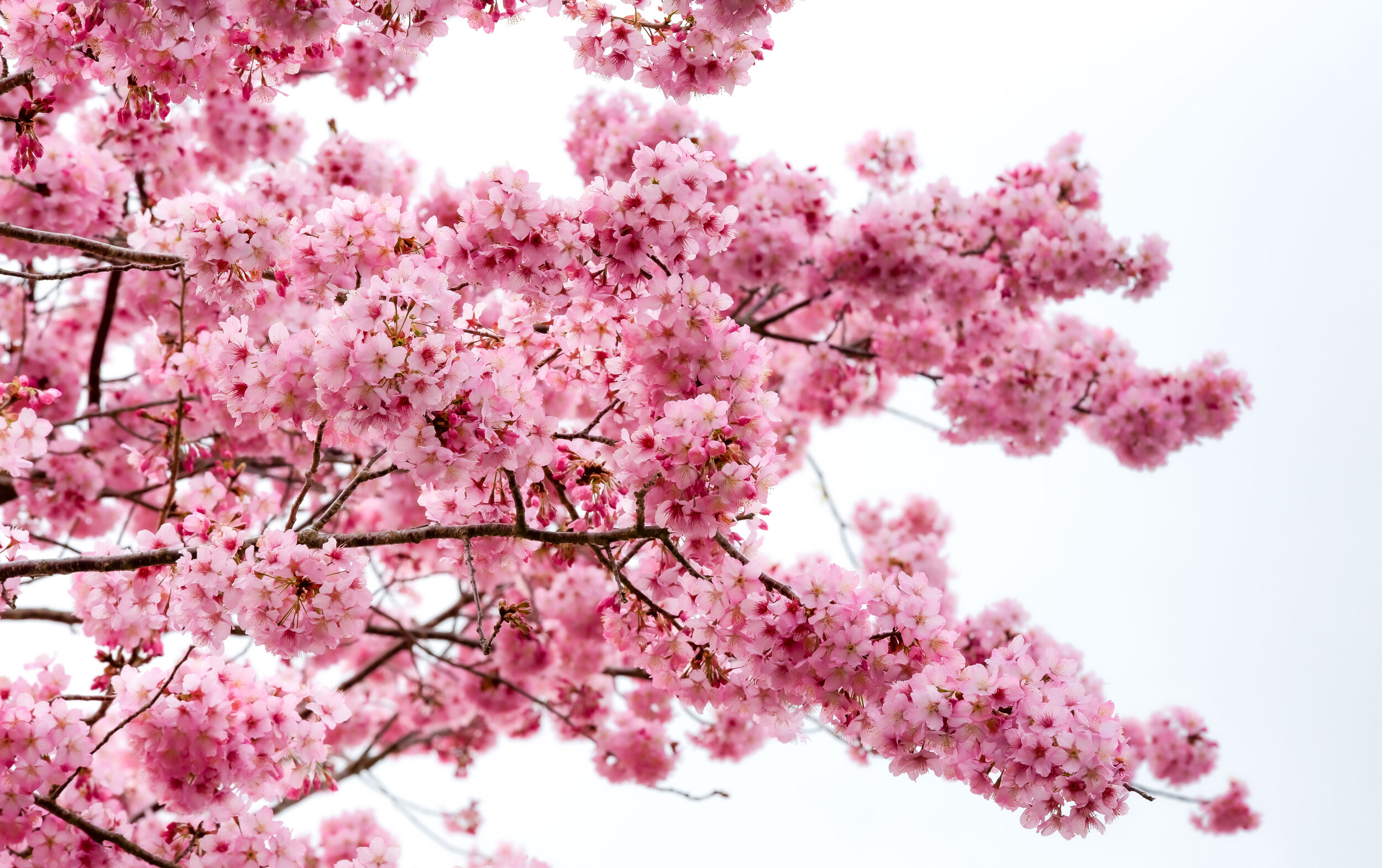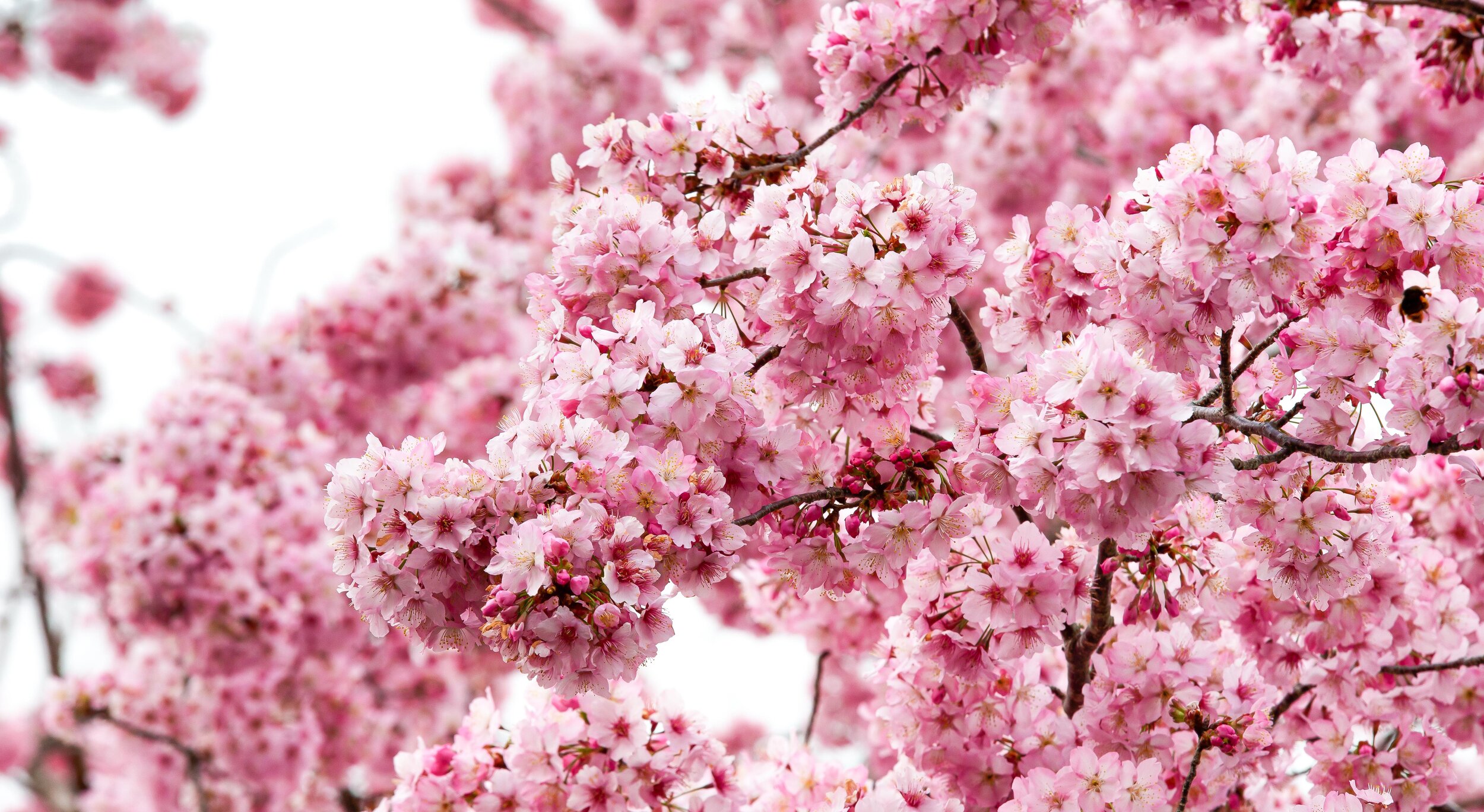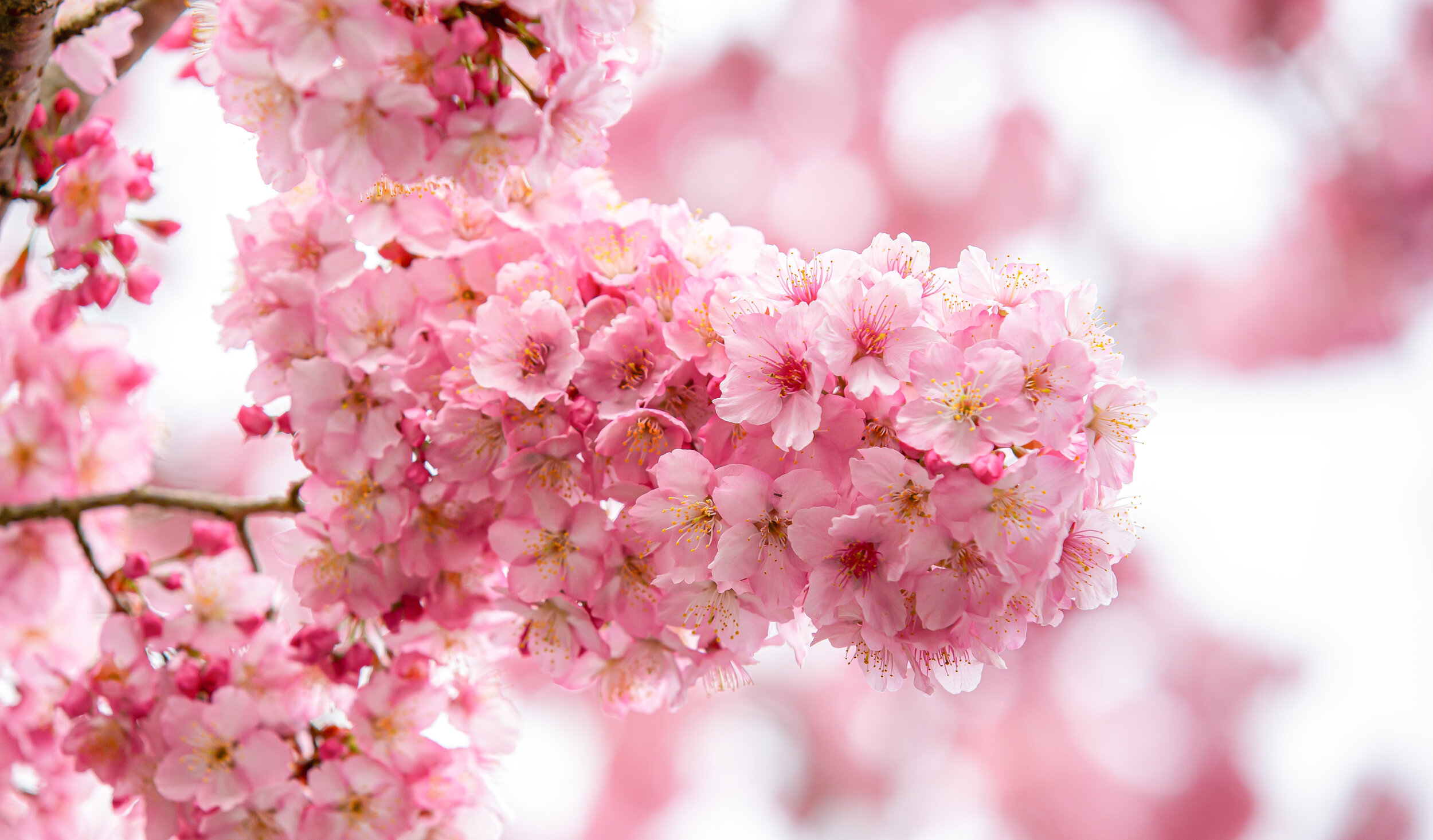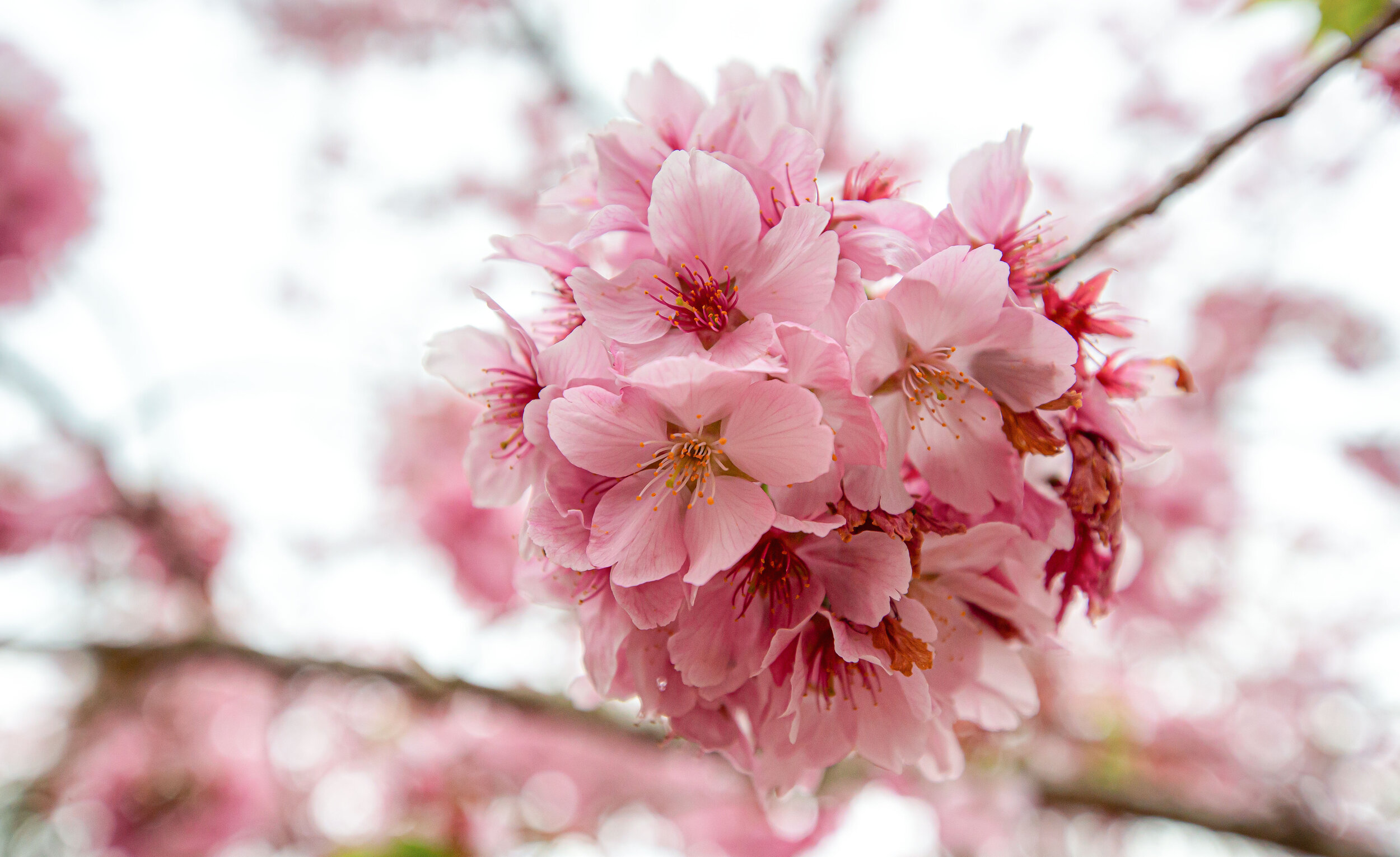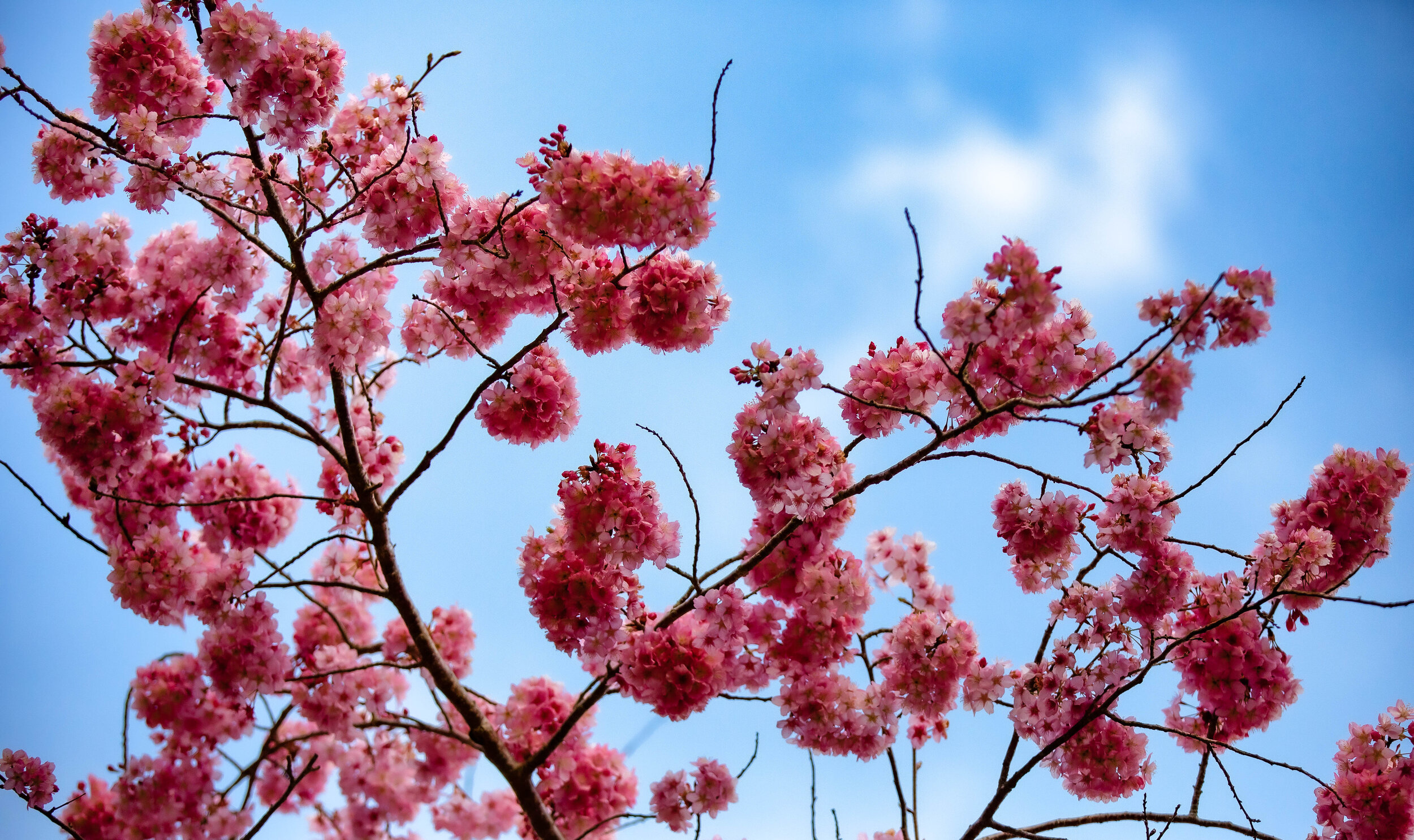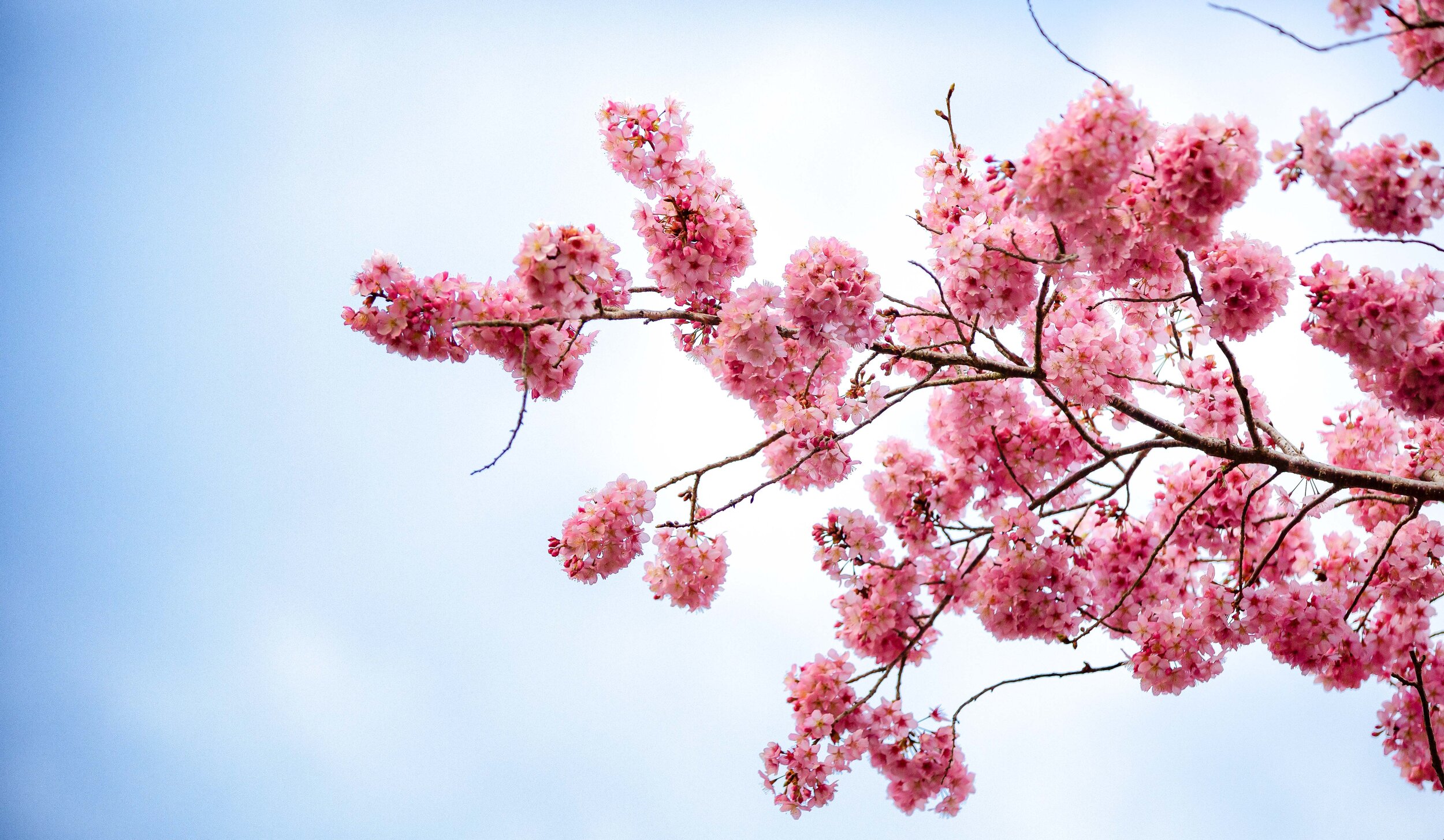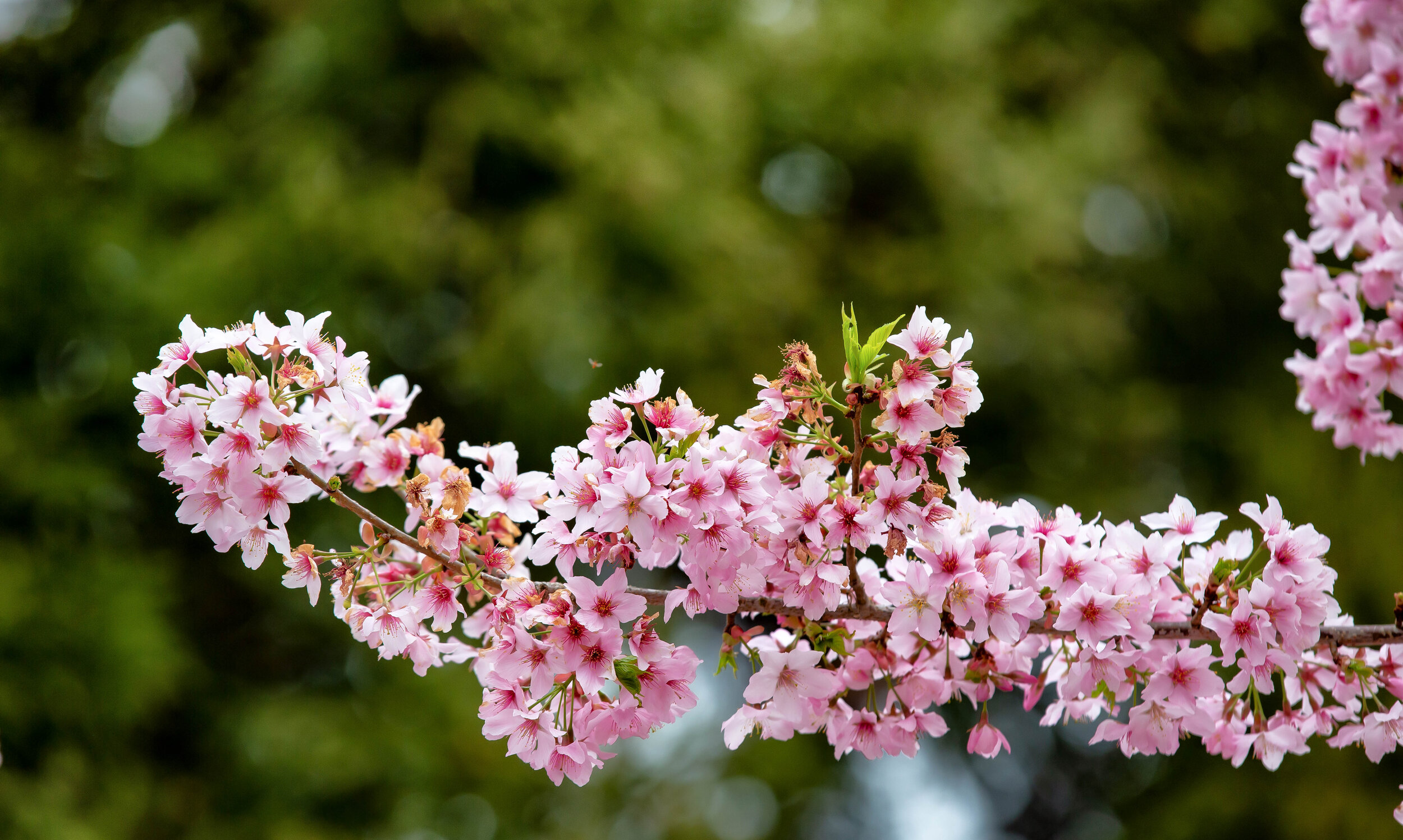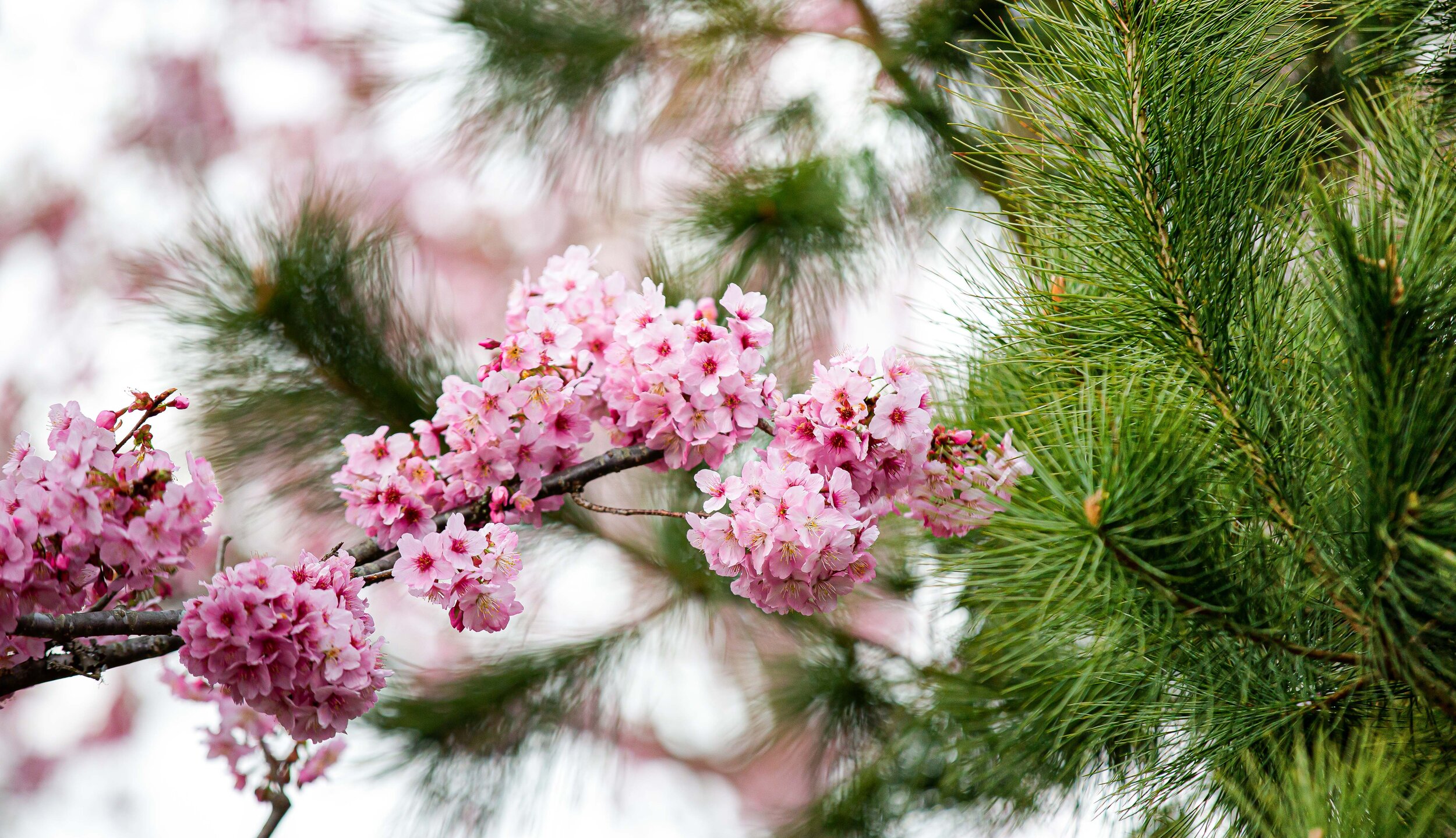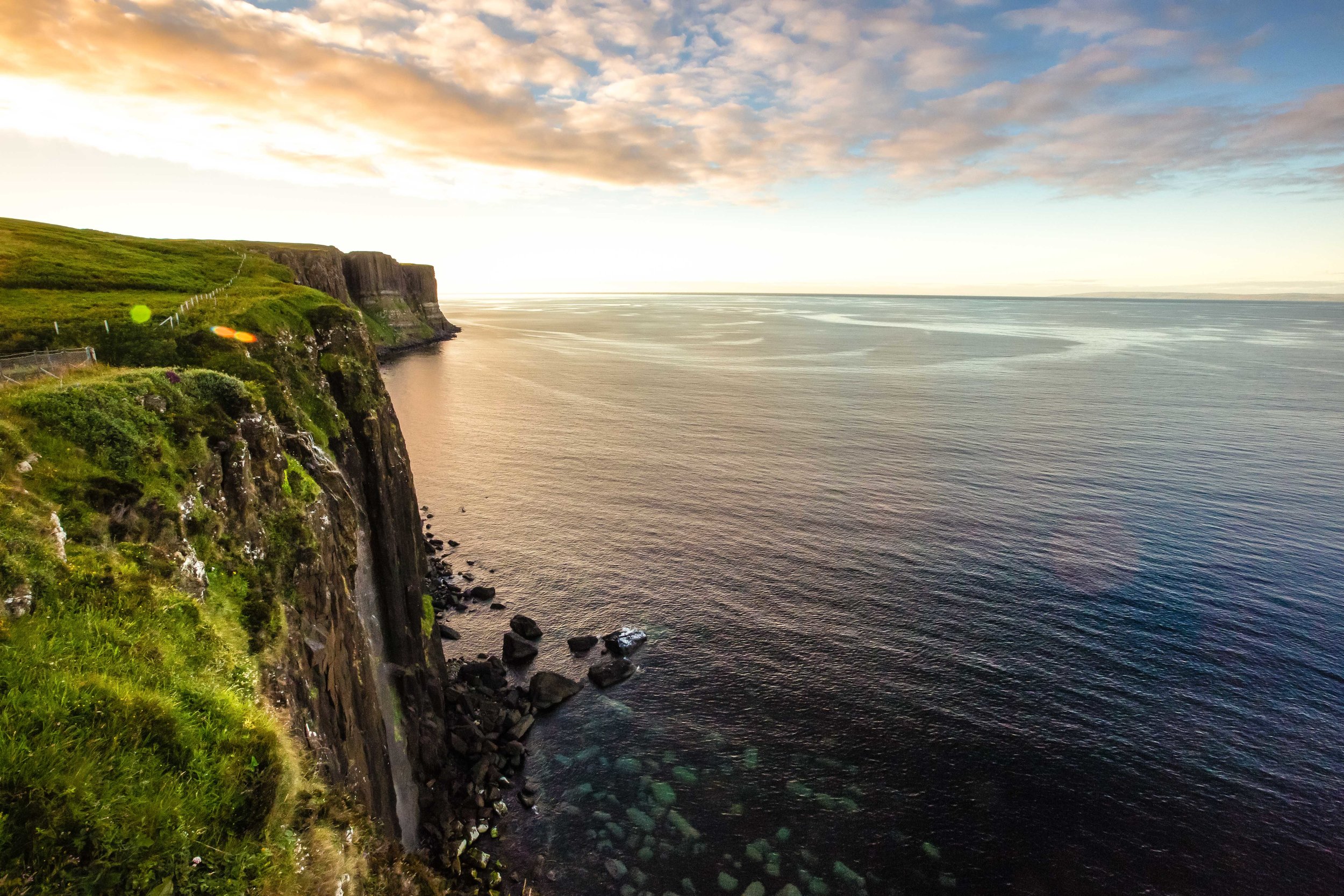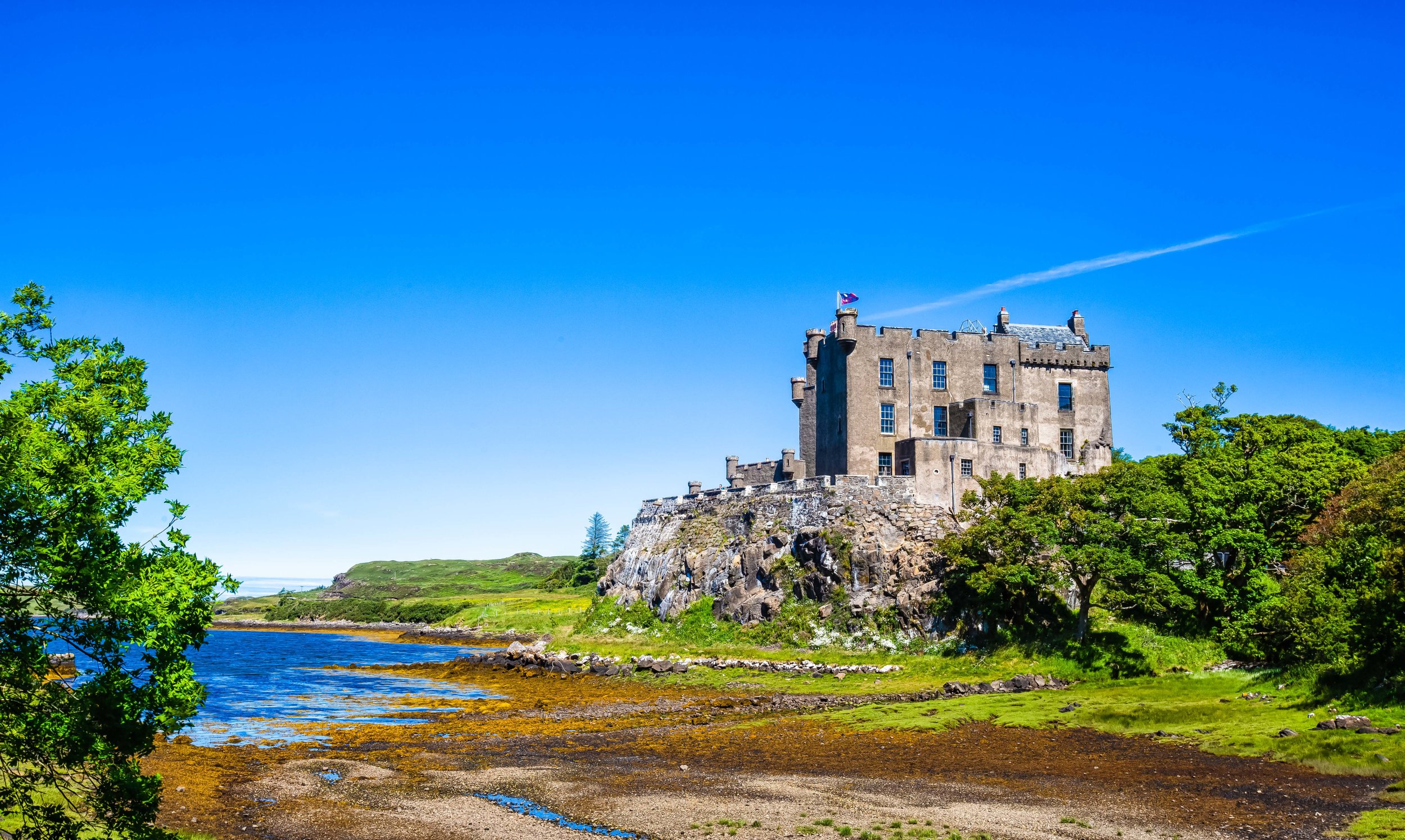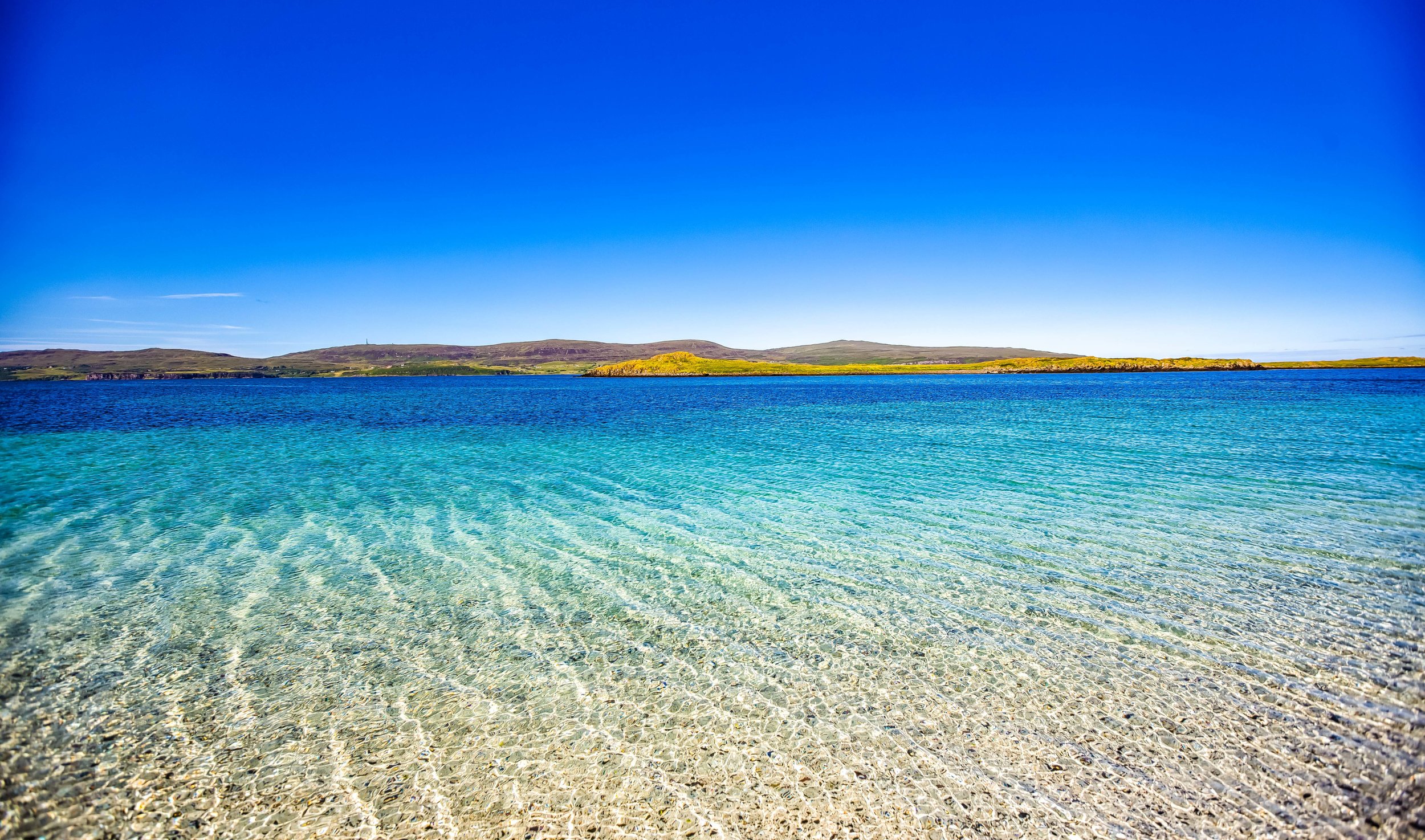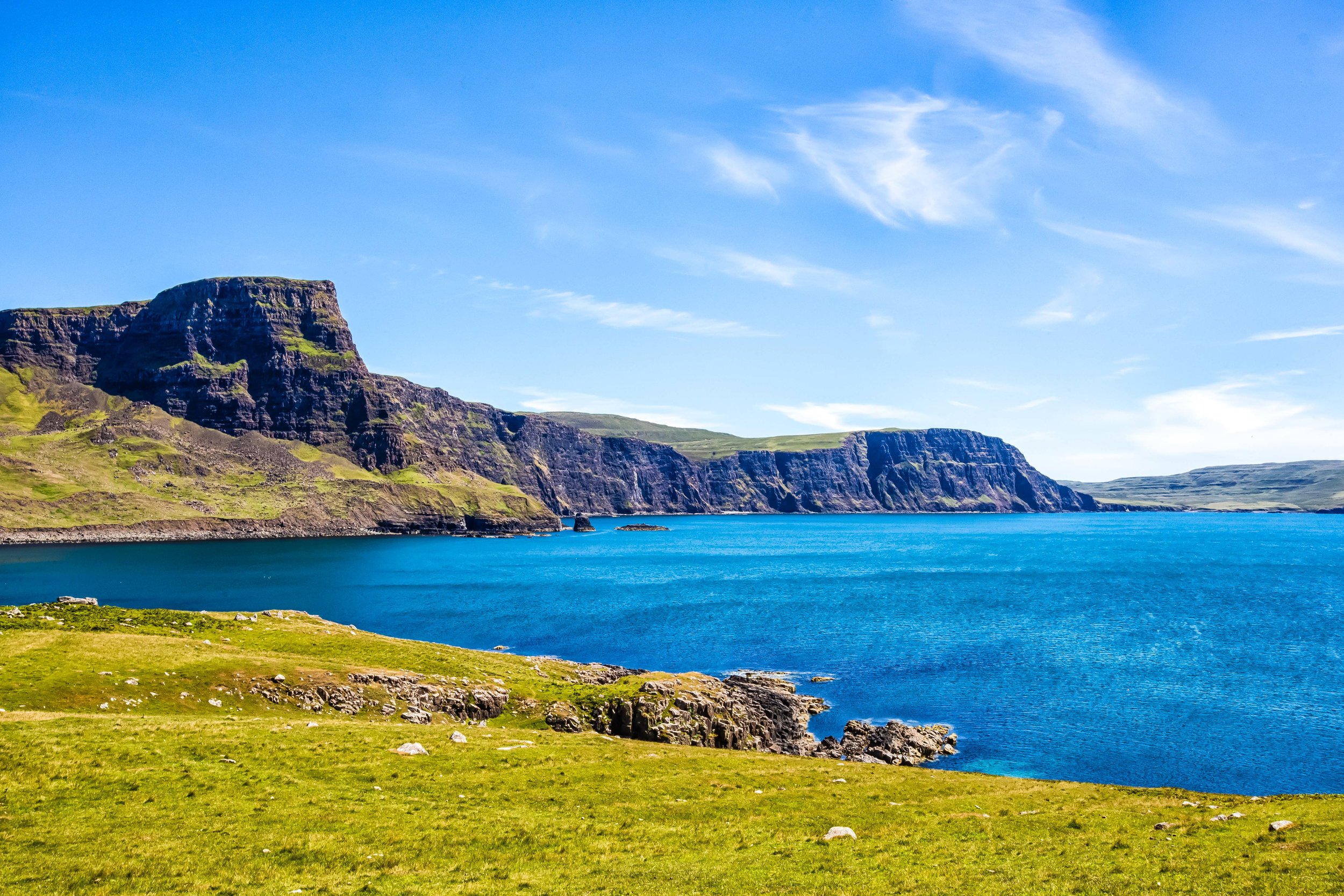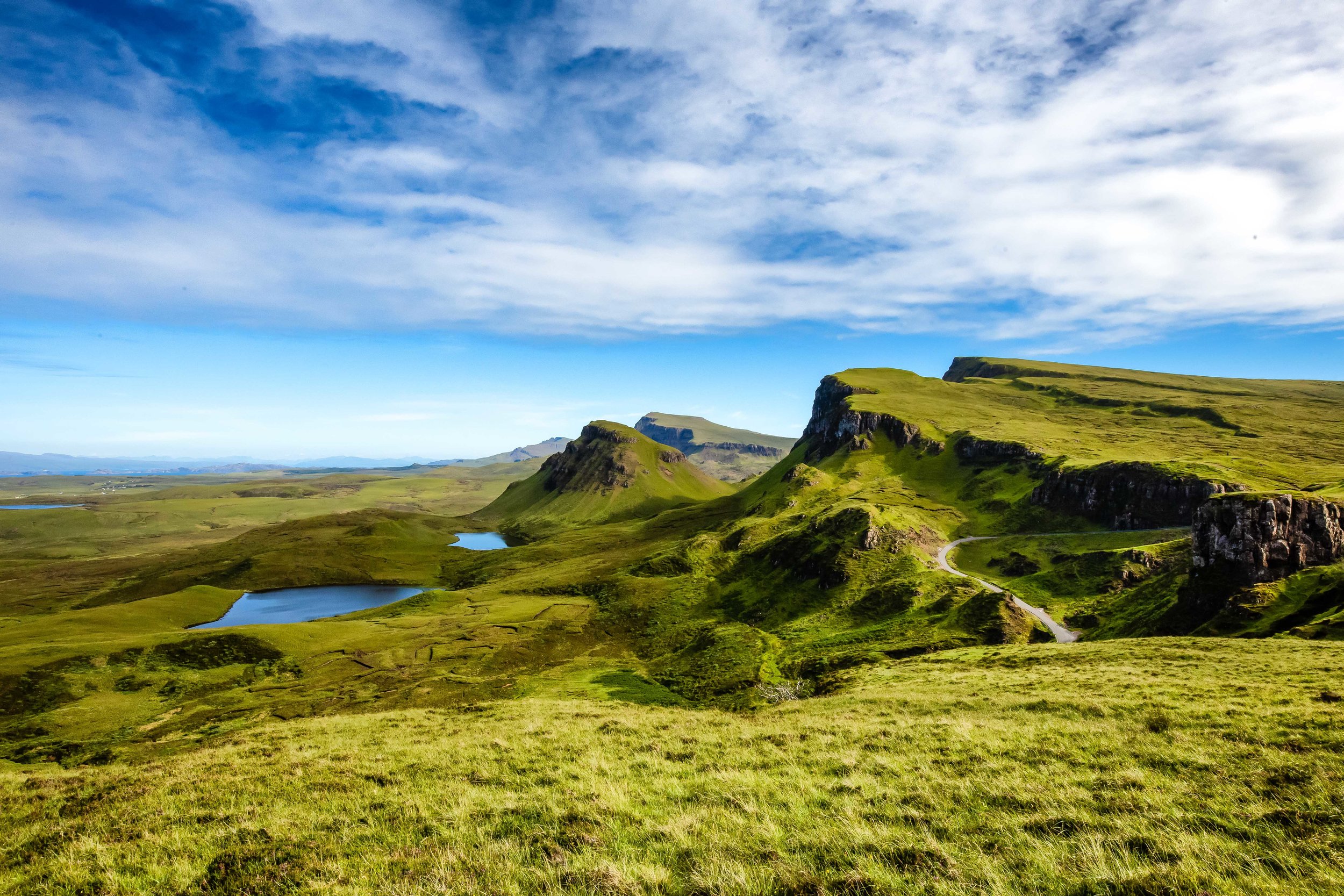It goes without saying that “Hanami” (花見), or ‘flower viewing’ is a popular tradition with the people of Taiwan. One of the cultural leftovers from the Japanese Colonial Era, the Taiwanese people’s appreciation for the natural environment is something that is quite inspiring.
These days wherever you go in Taiwan, you’ll be sure to find advertisements notifying locals and tourists alike about all of the various flower festivals that are taking place around the country at any given time. The funny thing is that you’re probably thinking that these festivals would be a major attraction only for senior citizens, but in recent years it has transcended the generation gap you’ll be sure to see people of all ages enjoying the natural beauty that this country has to offer.
If you don’t believe me, I dare you to search #Taiwan on Instagram.
Personally, I was never really all that interested in flowers when I lived in Canada - We really only have two seasons for anything to grow, and it wasn’t likely that I’d be using my precious time during the summer to go check out some flowers.
That being said, Canadians (admittedly) aren’t nearly as skilled when it comes to the cultivation, handling or arrangement of flowers as the people of Taiwan are.
While I’m admitting things, I’ll also admit that since my arrival in Taiwan, I’ve become a bit of a convert - The local flower-viewing tradition is something that has certainly grown on me over the years and I often get mixed in with he masses of people traveling around the country to take part in these festivals.
Even though there are numerous blooming seasons and flower-related festivals that have become quite popular, the unparalleled king of them all, attracts the most attention, and causes the most traffic jams is none other than the Cherry Blossom season in the early months of the New Year.
If you haven’t already, I recommend checking out my guide to Taiwan’s Cherry Blossoms to learn more about the blossoms, the various species and more importantly where to find them:
Link: Taiwan Sakura Guide (臺灣櫻花地圖)
This year, I had it all planned out, I would visit a few of the regular spots to check out the Cherry Blossoms, but I wouldn’t be going too out of my way to check them out as I’d be visiting Kyoto to check out the Japanese blossoms in full bloom while also checking out a bunch of Shinto Shrines.
Imagine my excitement.
Unfortunately a little thing called the Coronavirus started spreading throughout the world like a wildfire becoming a global pandemic and due to a lack of preparation and response, Japan has become one of the hardest hit countries.
So, unfortunately my trip to Kyoto has been put on hold for a little while.
I’ll probably still end up going sometime this year, if the epidemic cools off, but it looks like I won’t be there in time to enjoy the cherry blossoms.
In need of a back up plan, I decided to take a day-trip to the mountains on the famed Northern Cross-Country Highway (北部橫貫公路) to check out what has become Taoyuan’s, and one of Taiwan’s most popular destinations for cherry blossom-viewing.
The thing about cherry blossoms is that you can find trees growing almost everywhere in Taiwan, but if you want to see them growing in large quantities, you’re going to have to make an effort.
This means that popular destinations like Wuling Farm (武陵農場), Alishan (阿里山) and Yangmingshan (陽明山) are always jam-packed when the blossoms are in bloom.
This year, I waited until the blossoms were in full bloom and rented a car to head up to Taoyuan’s beautiful Lala Mountain (拉拉山), home to the famed “Loving Farm” (恩愛農場).
The farm, which is actually a large fruit ranch and a really nice place to rent a cabin for the weekend, has become one of the most popular blossom viewing areas and an Instagram hot-spot in recent years.
Travelling on a weekday, I figured that I’d be able to easily sneak in to the farm, take some photos and then head over to some of the hiking trails nearby to check out some of the famed ‘divine trees’ (神木).
Unfortunately those plans turned out to be a bit too ambitious as even on a weekday, the cherry blossom-craze was in full effect and there was a two hour wait for cars to get up to the farm.
It wasn’t a complete loss though, the farm was absolutely beautiful and was home to probably one of the largest concentrations of cherry blossoms that I’ve seen in Taiwan.
Loving Farm (恩愛農場)
Lala Mountain’s “Loving Farm” is currently high atop the list of places to visit in Taiwan if you’re looking to check out cherry blossoms. Even though you have to make a special effort to get to the farm, it is currently considered to be one of the top ten places to visit by local guides.
Link: 台灣TOP10賞櫻景點
The reason for this is that while you can easily find the dark-pink Taiwanese Mountain Sakura (山櫻花) growing in parks all over the country, the highly prized light-pink variety of Fuji Cherries (富士櫻) are few and far between, and rarely grow in abundance anywhere like they do at this farm.
As I mentioned in the Sakura Guide linked above, there are around two dozen species of cherry blossoms in Taiwan, but the ones that are loved the most are those that appear to be the most similar to the ones most commonly found in Japan, such as Yoshino Cherries (吉野櫻).
This doesn’t mean people look down on the more common blossoms, but they can easily enjoy them as they grow throughout the cities and towns of the country.
Links: Sakura At Tian-Yuan Temple (天元宮吉野櫻) | Taiwan Cherry Blossoms (台灣山櫻花)
Still, every year when spring rolls around, thousands of people in Taiwan make the special effort to fly to Japan for the sole purpose of checking out the blossoms. With so many people travelling at this time of the year, getting time off work at this time can understandably be a bit difficult, so for the millions of others in Taiwan, it is the time of the year when they load the family into the car and take off to the mountains.
Even though Taiwan is home to several species of cherry, most of them tend to be quite different than what you’d typically find in Japan, as they are the result of hybridization. With that in mind, it shouldn’t surprise you to learn that even though everyone is travelling to the farm to check out the beautiful “Fuji Cherry” (富士櫻), they’re not actually a cherry that you’ll find in Japan.
In fact, Taiwan’s “Fuji Cherry” is a hybrid of the Taiwanese Mountain Cherry and the Japanese Yamazakura (山櫻花). I should probably also mention that you can also find a “Fuji Cherry” (Prunus incisa) in Japan, but the tree here in Taiwan is completely different. That being said, this tree is similar to quite a few species in Japan and its light-pink petals look like those of the popular Yoshino Cherry.
The Fuji Cherry however isn’t the only species of cherry blossom that you’ll come across at the Loving Farm - They also feature the dark-pink Taiwanese Mountain Cherry and the light-pink “Thousand-Island Cherry” (千島櫻), a variant of the Takanezakura (高嶺櫻), or the “Japanese Alpine Cherry”, in addition to one of the largest orchards of Peach Blossoms in Taiwan.
On that note, its probably a good time to mention that the ‘farm’ part of the ‘Loving Farm’ refers to one of the largest peach orchards in Taiwan - Taoyuan’s Lala Mountain is famed for its cultivation of peaches and this farm alone is home to almost two-thousand trees. While the annual cherry blossom season takes place between February and March, the farm is also a busy place from March to April when the Peach Blossoms (桃花) start blooming in preparation for the yearly harvest. The blossoms, which are a beautiful pink colour are one of the areas main attractions and the peaches help to drive the local economy.
If you’re in Taiwan and you haven’t had a Lalashan peach, you haven’t even lived.
Situated at an elevation of about 1600 meters above sea, the farm offers beautiful 180 degree views of the Central Mountain Range (中央山脈) and when the weather is good you can see as far as Snow Mountain (雪山) and the Daba Peaks (大霸尖山).
It goes without saying that the farm is busiest in the early months of the year with the cherry and peach blossoming seasons, but it is a popular place year-round and also offers guests the opportunity to stay for a few nights in the beautiful, newly constructed log cabins at their home stay.
So if you’re visiting from out of town, you may want to just consider staying the night and enjoying a relaxing evening breathing the fresh mountain air.
Getting There
Address: #143 Zhongxin Road, Fuxing District, Taoyuan City (桃園市復興區華陵里上巴陵中心路143號)
How is one to get to Lala Mountain and the Loving Farm? Well, that’s an excellent question.
If you plan on visiting this farm, you’re going to need your own means of transportation.
So, if you or your friends have access to a car or a scooter, that’s probably your best bet. Its not impossible to get there using public transportation, but there’s no way in hell that I’d ever take a bus up there. I’m not that brave.
The farm is located in Upper Baling (上巴陵) within the Lalashan Forest Recreation Area (拉拉山森林遊樂區). To get there you’ll have to make use of Highway 7 (台7線), otherwise known as the Northern Cross Highway (北橫公路), that takes you from Taoyuan’s Daxi District (大溪區) to Yilan’s Datong Township (大同鄉) on the east coast. Whether your start your trip across the Northern Cross Highway on the Taoyuan side or the Yilan side is completely up to you.
Once you’ve arrived at the entrance to the Lala Mountain Forest Recreation Area, you’ll have to turn off the highway and make your way further up the mountain to the Atayal (泰雅族) village of Upper Baling.
The small mountainous village is a pretty cool place to visit and is a welcome stop after you’ve spent a few hours sitting in the car or on the bus. There is a 7-11 and a couple of local restaurants serving up Atayal cuisine, so if you’ve got some time, I recommend stopping by.
Even though I’m not brave enough to take public transportation to the area, you might be, so here’s where I’ll mention that the public transportation ‘option’ is Bus #5301 that starts at the Zhongli Bus Terminal (中壢客運站).
The bus will take you all the way to Upper Baling (and beyond) but doesn’t come that frequently, so you’ll have to be really careful if you choose this option as you don’t want to get stuck in the mountains at night.
Although I’m sure if you were walking down the highway, someone would pick you up and help you out.
Once you’ve arrived at the Upper Baling stop, all you’ll have to do is walk a couple of kilometres up the mountain to the farm - Its a long walk though, so prepare yourself!
If you’re driving, once you arrive at Upper Baling, it’s likely that you’ll notice that they’ll have traffic controls in effect. So you’ll have to get yourself into a queue of cars that are waiting to head up the small road to the Loving Farm.
The thing about the farm is that there is only space for about one hundred cars to park and the road that brings you there is quite narrow, so the traffic controls have been put in place to ensure that tourists can get there safely.
If you are visiting at a time when the farm is busy, you’ll be placed in a queue of cars along Baling Road with only about 20-50 cars permitted to go up the mountain every hour. Once you’re up the mountain, you’ll also have to pay close attention to the announcer in the parking lot who will let everyone know when cars are permitted to head down the mountain, usually intervals of fifty minutes.
If you find yourself waiting in the queue, just be patient, they are quite efficient at getting people up and down the mountain in a timely and safe manner. Make sure to bring some good music, snacks and drinks for the car though.
Once you’ve arrived at the farm, there will be attendants at the entrance of the parking lot who will let you know where to park and ask for a $100NT admission fee (per person), which is pretty cheap considering the amount of staff they have to employ to make sure traffic is smooth.
For more information, check the Loving Farm Facebook Page:
Link: Loving Farm (恩愛農場)
Getting to Lala Mountain isn’t the easiest of tasks - its a long drive up the highway.
The farm also tends to be quite busy, so you’ll have to prepare yourself for a long drive and a possible wait. Once you’ve arrived though, you’ll find that it was all worth it as the farm is absolutely beautiful when the blossoms are in full bloom and you’ll undoubtedly leave with several hundred photos - or several thousand if you’re like me!
Remember, the blossoming period for the blossoms is from late February to mid-March, so if you’re in Taiwan at this time of the year, try your best to make your way to the farm, or any of the popular sakura viewing areas around the country to enjoy the beautiful cherry blossoms!


